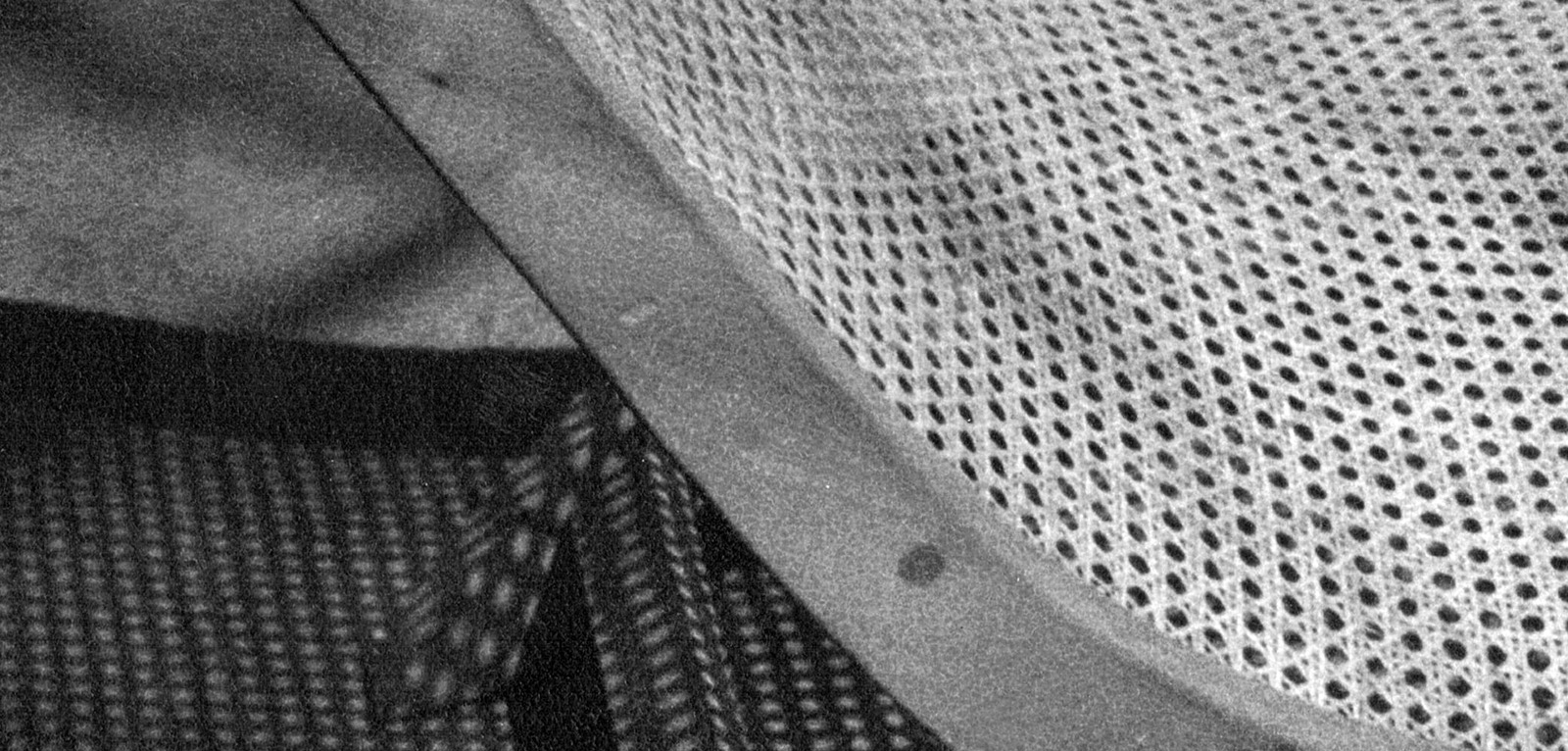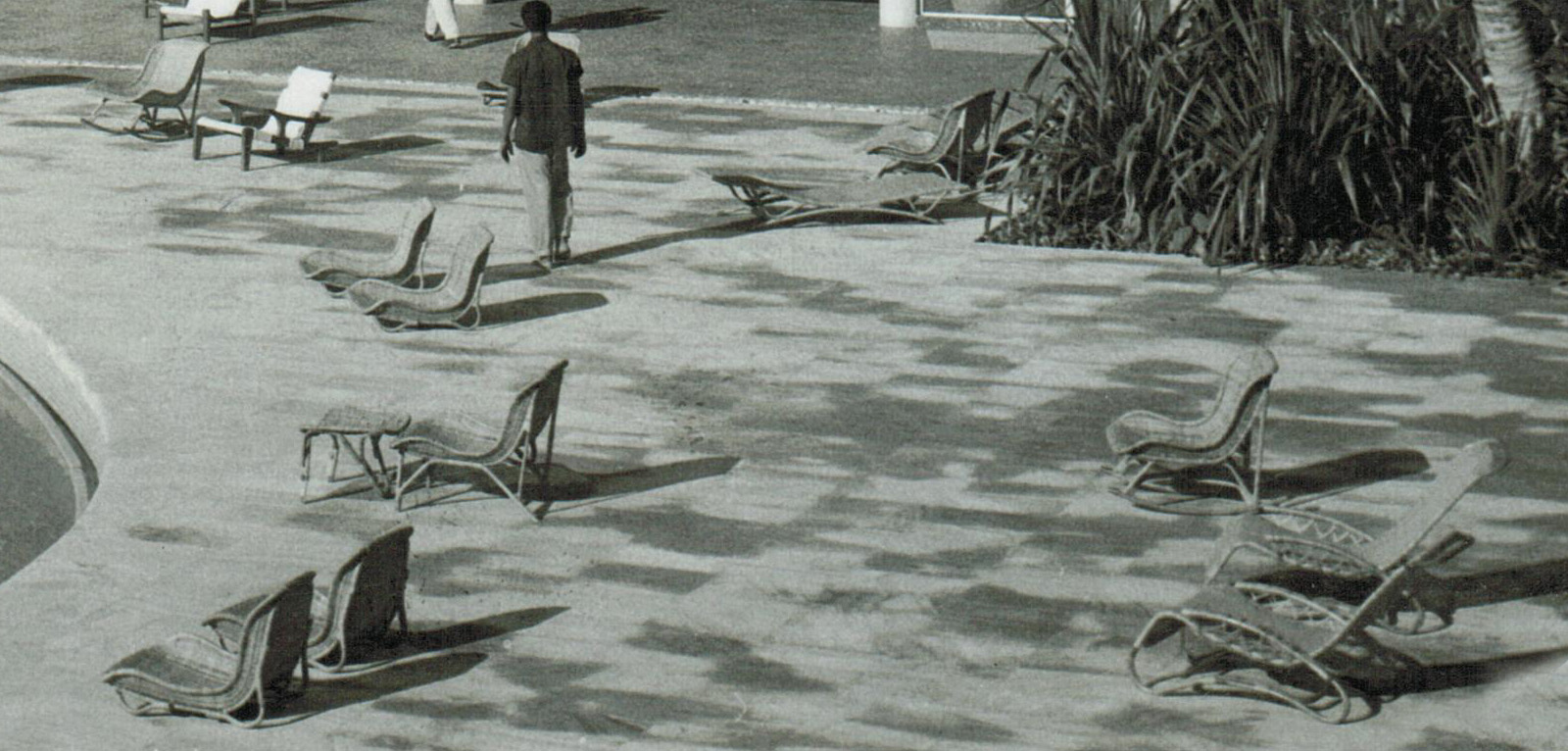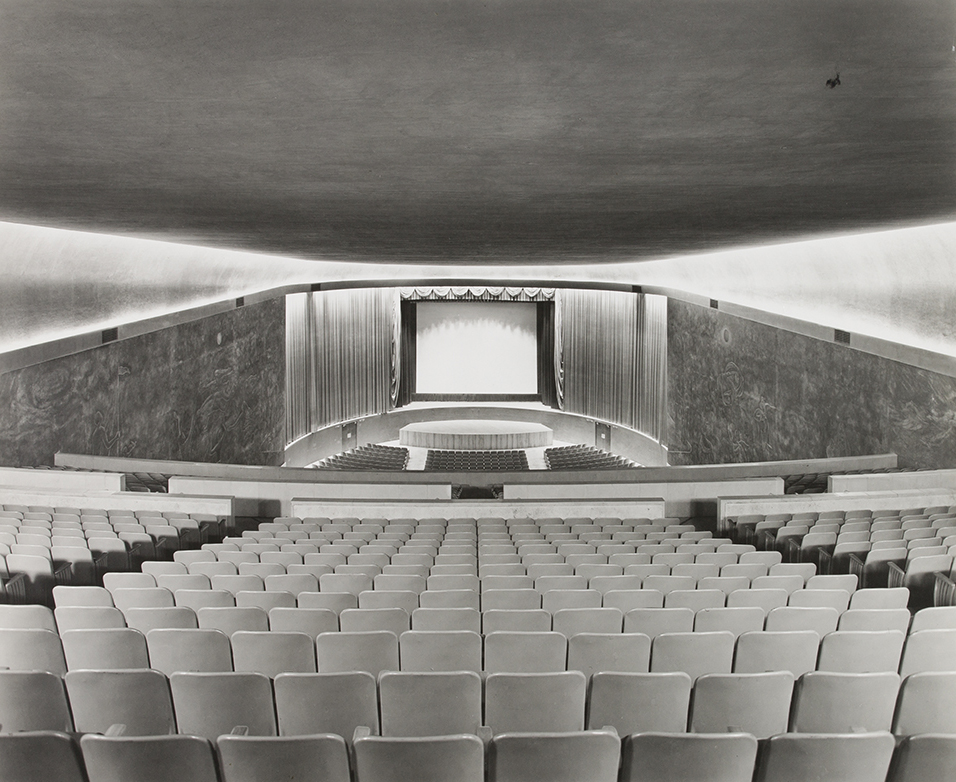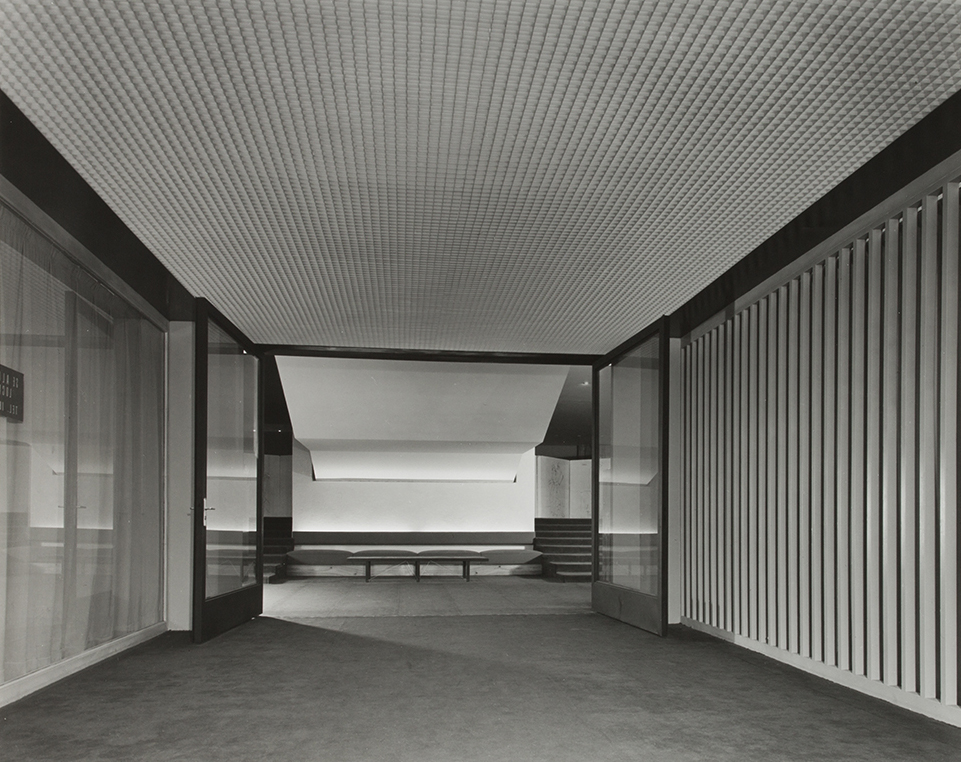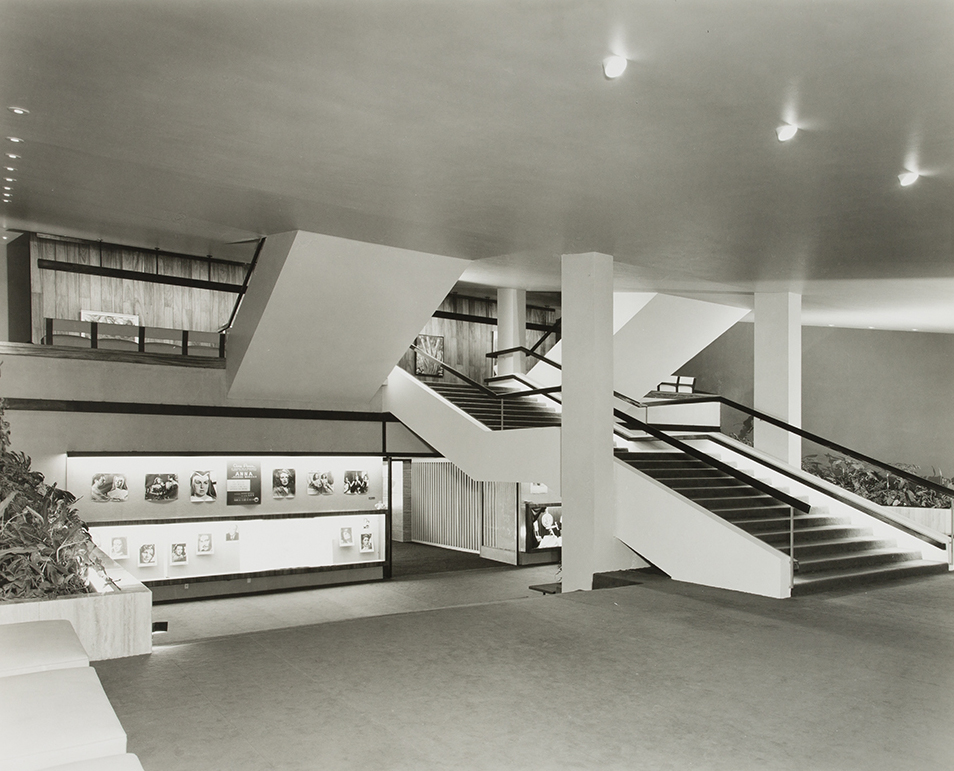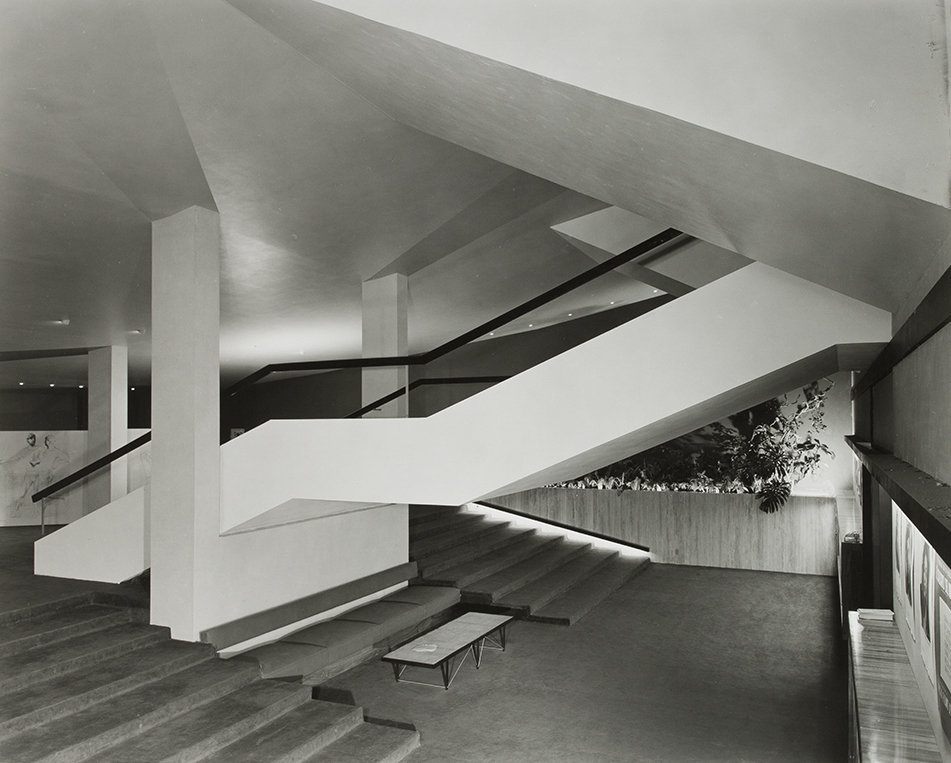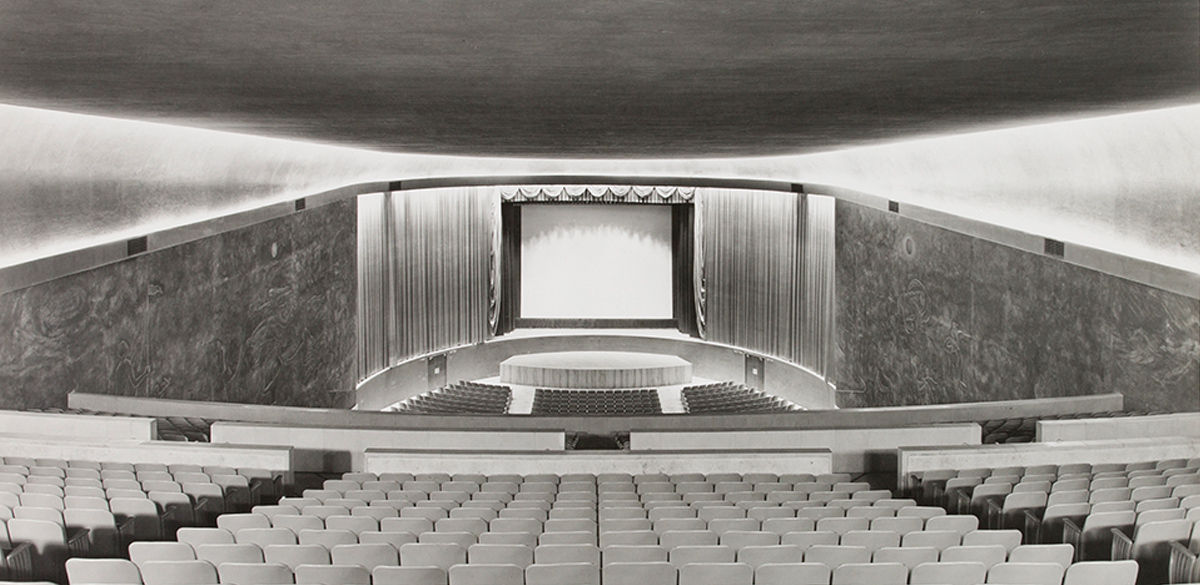
14 Mar ALEJANDRO OCHOA Y FRANCISCO H. ALFARO – ART AND ARCHITECTURE DERIVES 🗓 🗺
Cinemas in Mexico in the 20th century: distant spaces in memory.
A conversation with Alejandro Ochoa Vega and Francisco Haroldo Alfaro Salazar
Movie theaters represent typical 20th century architecture; a century that marked its appearance and also its decline. In modern Mexico they were a response to the technological and scientific developments of a time. With them, a milestone of the new spectacle and a new place to share not only the space, but the feelings and aspirations of modern cities was created. In the beginning, they appeared in spaces such as the adapted hall or the marquee and during their boom, between the 40s and 60s, they were built in all types of formats, from movie palaces to multiplex complexes.
Each new cinema was a new carrier of alternatives and architectural solutions. Their approaches increasingly required multidisciplinary work between engineers, urban planners, technicians, plastic artists—such as Carlos Mérida or Manuel Felguérez—and decorators, who captured colors, textures and styles in the space with all types of furniture and proposals. Cinemas such as Paris, Bella Época, Ópera, El Roble, Latino, Diana, Teresa, Ermita, among many others, whether classical or functionalist in style, played a determining role in the recreation of the modern city and provided an artistic legacy, cultural and architectural to the present day.
Nowadays movie theaters fight for their permanence; their space change as our way of making and watching cinema has also changed.
>>
Cinemas in Mexico in the 20th century: distant spaces in memory.
A conversation with Alejandro Ochoa Vega and Francisco Haroldo Alfaro Salazar
- Saturday, March 23, 2024
- 13:00h
- At Arte Abierto, located on the 2nd floor of Artz Pedregal
- Free admission
>>
No registration needed.
>>
Alejandro Ochoa Vega
He is an architect from the University of Guadalajara, a master’s degree in Architecture and a doctorate in Art History from UNAM. He is a professor of history and criticism of architecture at the universidades Autónoma de Sinaloa, Intercontinental and Autónoma Metropolitana (Campus Xochimilco).
>>
Francisco Haroldo Alfaro Salazar
He is an architect from the UAM Xochimilco in Mexico. He completed master’s studies in Architectural Restoration at the ENCRyM, and specialization at the International Center for Studies for the Conservation and Restoration of Cultural Assets (ICCROM) in Rome, Italy. He has collaborated in different postgraduate programs, research and conservation and restoration projects of immovable cultural heritage. He is a professor-researcher in the division of Sciences and Arts for Design (CyAD) of the UAM Xochimilco, where he has also been coordinator of the bachelors degree in Architecture, coordinator of Postgraduate Support, Academic Secretary and currently Director.
Arte Abierto continues with its new public program Derivas de Arte y Arquitectura (Art & Architecture Derives), which seeks to renew our gaze on the architectural legacy of Mexico City. From a series of talks focused on rescuing the parallel stories of emblematic architectural projects and public spaces that have witnessed the variable intersection between art and architecture. In this first stage, the program deals mainly with modern architecture, based on a series of talks given by invited curators, architects, artists and urban planners.
With this program, ways of returning to architecture part of its public, experiential, collective character and close to those of us who inhabit the city are tested, recognizing in it its condition as a living archive. From these talks, circumstances, contexts and anecdotes are revealed that have been part of his sensitive memory and that complement his material memory, a relationship that often escapes documentary narratives and academic accounts.
The objective of the drifts is to generate experiences of spatial rediscovery, which allow us to renew our gaze on the legacy of certain emblematic architectural and artistic works, as well as those that have been forgotten.
The derives will be carried out free of charge on the last Saturday of each month, at 1:00 p.m. with a limited capacity.
Arte Abierto Derives :
February 26: Tania Ragasol / Entorno urbano, cotidianidad y arte: La Torre de los Vientos by Gonzalo Fonseca
March 26 : David Miranda / Del Animal Herido y otros eventos escultóricos dentro de la arquitectura moderna
April 23: Gustavo Lipkau y Xavier Hierro / Integración plástica de los edificios del campus central de CU: sus murales
May 28: Marisol Argüelles / La casa-estudio Diego Rivera y Frida Kahlo. Del espacio doméstico a la dimensión de lo público
June 25: Luis Javier de la Torre/ La Ruta de la Amistad MÉXICO68… más allá de 1968
July 30: Aldo Solano/ Architecture for playing in 20th Century Mexico City.
August 27: Christian del Castillo/ Tracing the modern in the architecture of the Historic Center of Mexico City.
September 24: Juan José Kochen/ The Ideal of the Multifamily Apartment cComplex.
October 29: Tania Candiani/ Quantum Prelude. Sound activation by Tania Candiani.
March 25: Ana Garduño/ Cultural Geographies: The invention of museum circuits in 20th century Mexico City.
May 27: Rebeca Barquera/ The Plastic Integration Movement México: More than murals on buildings.
June 17: Julián Arroyo Cetto/ Max Cetto in the beginning of El Pedregal.
July 29: Peter Kriegel/ The eco-aesthetics of El Pedregal and constructive botany in the megacity of Mexico.
August 26: Arturo Rivera García y Roberto Bustamante Castrejón/ Jardines del Pedregal Legacy: Memory and Identity.
September 30: Tonatiuh Martínez/ The garden as an extension of nature.
October 21: Lorena Botello/ Clara Porset’s Design: Between Tradition and Modernity.



